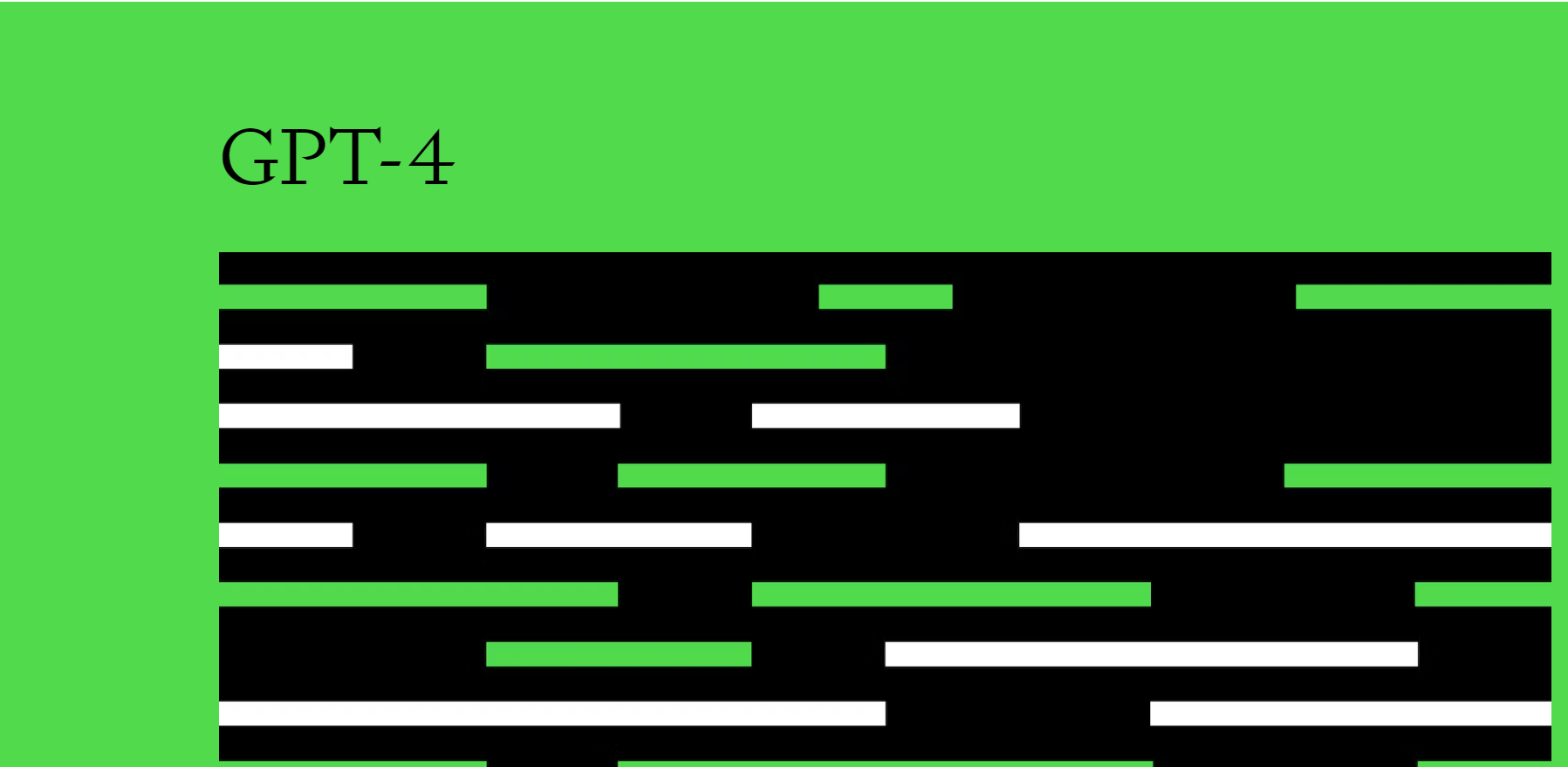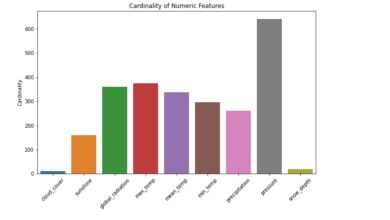What are roots of GPT-4?
Generative AI journey from Transformer to GPT3, ChatGPT till GPT-4
Generative AI journey from Transformer to GPT3, ChatGPT till GPT-4.

Generative AI refers to a category of artificial intelligence (AI) algorithms that generate new outputs based on the data they have been trained on.
Unlike traditional AI systems that are designed to recognize patterns and make predictions, generative AI creates new content in the form of images, text, audio, and more.
Transformers
These are a type of neural network architecture used in natural language processing (NLP) tasks, such as language translation, question-answering, and text summarization. They were introduced in 2017 by Vaswani et al. and have since become the dominant architecture in NLP.
The key innovation of transformers is the self-attention mechanism, which allows the model to pay attention to different parts of the input sequence to generate context-aware representations of the input. This contrasts with traditional sequence-to-sequence models, such as recurrent neural networks, which process the input sequence one token at a time.
Transformers consist of an encoder and a decoder, each consisting of a stack of identical layers. The encoder processes the input sequence and generates a set of representations, which are then used by the decoder to generate the output sequence. The entire model is trained end-to-end using a form of supervised learning, such as maximum likelihood estimation.
The success of transformers in NLP can be attributed to their ability to model long-range dependencies, handle variable-length input sequences, and capture semantic relationships between words and phrases.
GPT (Generative Pre-trained Transformer)
It is a family of natural language processing (NLP) models developed by OpenAI. These models use deep learning techniques to generate human-like language based on large amounts of text data.
GPT models have a wide range of applications, including language translation, chatbots, text summarization, and content creation. They have also been used in research to understand how language is processed by the human brain.
GPT-1
GPT (Generative Pre-trained Transformer 1) was released in 2018 and was the first neural network language model in the GPT series. It had 117 million parameters and used the transformer architecture for language modeling. The following are the steps involved in GPT-1’s functioning:
Pre-training: GPT-1 was pre-trained on a large corpus of text data to learn the patterns and structure of language. During this stage, the model was trained to predict the next word in a sentence given the previous words. The pre-training was done using a technique called unsupervised learning, which does not require human-labeled data.
Fine-tuning: After pre-training, the model was fine-tuned on specific downstream tasks such as language translation, summarization, and question-answering, to name a few. During fine-tuning, the model’s parameters were adjusted to optimize its performance on the specific task.
GPT-2
It was released in 2019 and was an extension of GPT-1. It had 1.5 billion parameters, which is 10 times more than GPT-1. The following are the steps involved in GPT-2’s functioning:
Pre-training: Like GPT-1, GPT-2 was also pre-trained on a large corpus of text data using unsupervised learning to learn the patterns and structure of language. However, it used a more advanced training technique called unsupervised multitasking, which allows the model to learn from multiple language modeling tasks simultaneously.
Fine-tuning: After pre-training, GPT-2 was fine-tuned on a wide range of downstream tasks, including language translation, summarization, and text completion, among others.
GPT-3
It was released in 2020 and was the largest language model in the GPT series. It had 175 billion parameters, making it the largest language model to date. The following are the steps involved in GPT-3’s functioning:
Pre-training: GPT-3 was pre-trained on a massive corpus of text data, including web pages, books, and articles, using an improved version of the unsupervised multitasking technique used in GPT-2. The pre-training included a diverse set of language modeling tasks, including word prediction, sentence completion, and document generation.
Fine-tuning: Like GPT-1 and GPT-2, GPT-3 was fine-tuned on various downstream tasks, such as language translation, text generation, and question answering. However, due to its large size, GPT-3 demonstrated impressive performance on several natural language processing tasks without any fine-tuning.
ChatGPT
It is a large language model based on the GPT-3.5 architecture, trained by OpenAI to facilitate conversational AI. It is designed to generate human-like responses in natural language conversations. Here are the steps involved in ChatGPT’s functioning:
Pre-training: ChatGPT was pre-trained on a massive corpus of text data, including web pages, books, and articles, using a technique called unsupervised learning. During this stage, the model learned the patterns and structure of language by predicting the next word in a sentence given the previous words.
Fine-tuning: After pre-training, ChatGPT is fine-tuned on conversational tasks, such as answering questions, generating chatbot responses, and engaging in dialogues. During fine-tuning, the model’s parameters are adjusted to optimize its performance on the specific conversational task.
Real-time conversational AI: Once the model is trained and fine-tuned, it can be deployed to chatbot platforms or integrated into conversational interfaces to engage in real-time conversations with users. ChatGPT uses the context of the conversation to generate human-like responses and provide relevant information to the user. It can learn and adapt to the user’s preferences and improve its responses over time.
Overall, ChatGPT is a powerful conversational AI tool that can facilitate natural language communication between humans and machines. It can generate coherent and fluent responses, providing personalized recommendations, and improving user experience.
GPT4
GPT-4 was released on March 14, 202313, and has been made publicly available in a limited form via ChatGPT Plus, with access to its commercial API being provided via a waitlist. It had 100 trillion plus parameters, making it the largest language model till date [March 2023].
GPT-4 is a large multimodal model created by OpenAI that can accept image and text inputs and emit text outputs1.
It is the latest milestone in OpenAI’s effort in scaling up deep learning and exhibits human-level performance on various professional and academic benchmarks.
For example,
It passes a simulated bar exam with a score around the top 10% of test takers; in contrast, GPT-3.5’s score was around the bottom 10%. GPT-4 is also more creative and collaborative than ever before. It can generate, edit, and iterate with users on creative and technical writing tasks, such as composing songs, writing screenplays, or learning a user’s writing style.
Generative AI is surprising humans with new creativities and innovation in field of technology. Human beings’ life is going to be easier with such Generative AI progress. It’s the only bright side but on another risk of AI in legal, ethical and emotional context is creating fear in human being mind.
References:
https://openai.com/blog/chatgpt
https://openai.com/product/gpt-4
https://iq.opengenus.org/gpt-3-5-model/
https://en.wikipedia.org/wiki/Transformer_(machine_learning_model)




